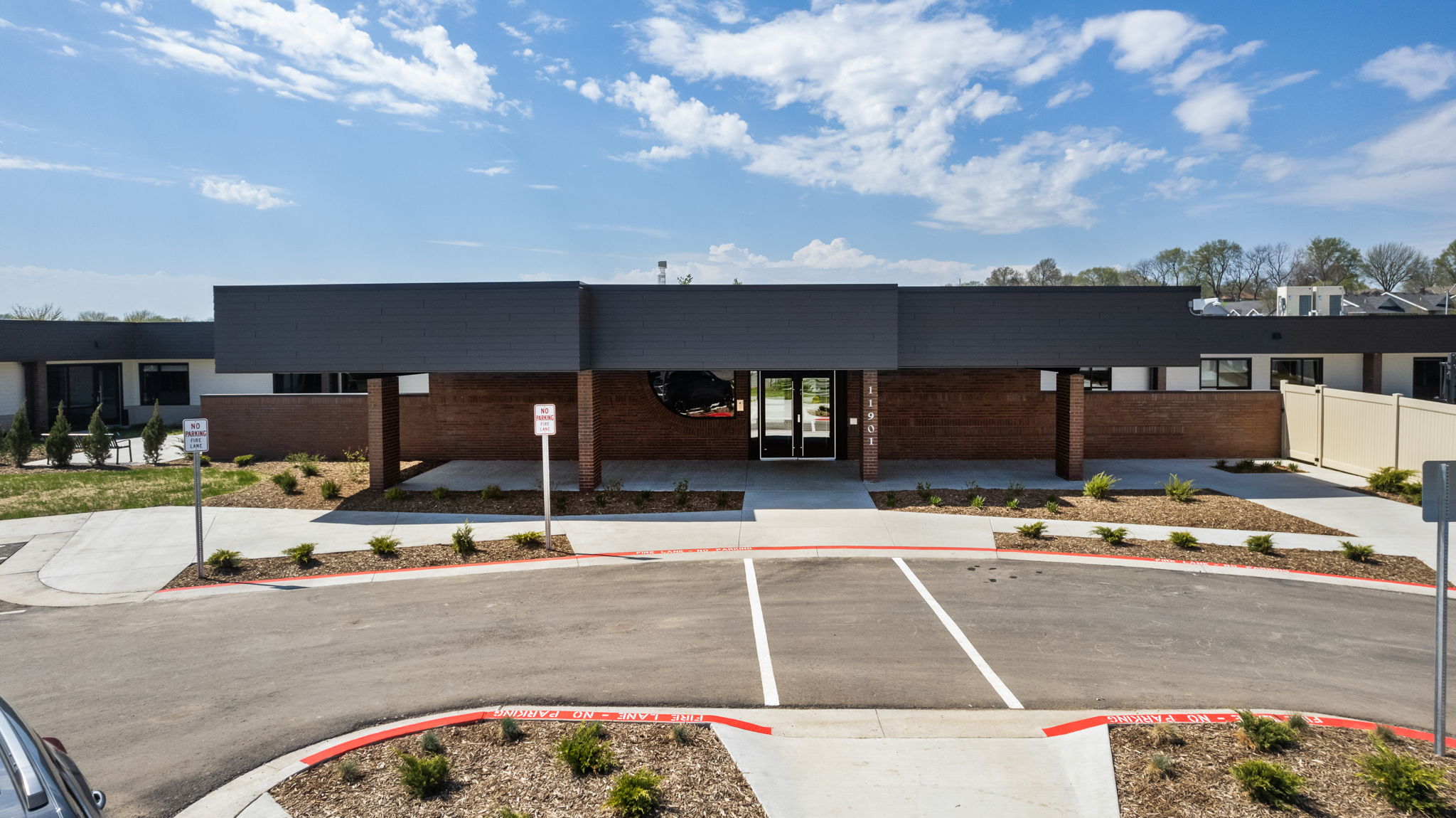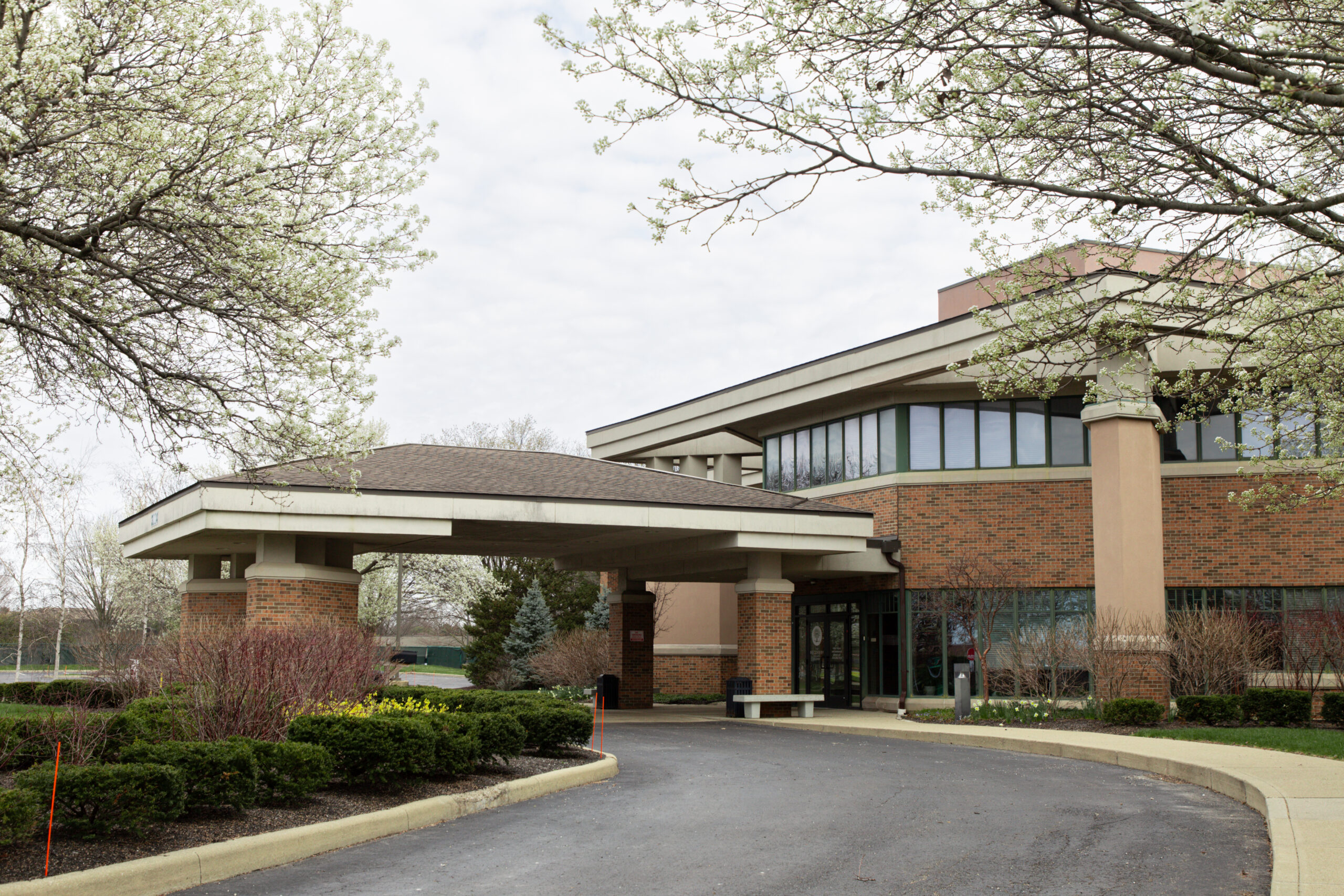If you or a loved one take Reprexain and have begun to struggle with the drug, you may wonder whether that means you are addicted to it. Addiction is a possible risk when taking this medication. By noticing the signs and symptoms of addiction, however, it is possible to overcome the drug. With help, you can live a Reprexain-free life.
What Is Reprexain?
Reprexain is a medication prescribed to alleviate short-term moderate to severe pain. Although the brand name Reprexain has been discontinued, generic versions of the drug are still available. This drug consists of the opioid hydrocodone and the nonsteroidal anti-inflammatory drug (NSAID) ibuprofen. The opioid directly impacts how your brain responds to pain, while the anti-inflammatory drug reduces fever and helps with pain management.
Reprexain should only be taken as directed by a doctor. You should not take Reprexain to treat the pain of chronic conditions such as arthritis. This medication is intended for short-term treatment, and misusing this medication can lead to adverse side effects or dependency.
Is Reprexain an Opioid?
Reprexain is an opioid because it contains the opioid narcotic hydrocodone. For this reason, the drug is also a Schedule II controlled substance, meaning it carries a high risk of abuse, dependence and addiction.
Reprexain Addiction
Reprexain can produce a strong euphoric effect due to its hydrocodone component. For this reason, the drug is a Schedule II controlled substance. It’s easy for a person to build up a tolerance and start to misuse the opioid.
Reprexain abuse happens when the drug is taken in ways that enhance its effects, like crushing and snorting it versus taking it orally. Misuse can also occur when the drug is taken other than how it was prescribed, such as increasing the dosage without a doctor’s approval.
If someone becomes addicted to Reprexain, they may start taking it more frequently and try to obtain it illicitly without a prescription.
Reprexain Overdose
Seek emergency medical attention immediately if you or someone you love begins to exhibit signs of a Reprexain overdose. These symptoms may include:
- Pale or clammy skin
- Limp muscles
- Purple- or blue-tinted fingernails or lips
- Vomiting or gurgling noises
- Inability to wake up
- Slowed or stopped breathing or heartbeat
If you or someone you know starts to show signs of Reprexain overdose, call 911 and administer naloxone (Narcan) if available. Naloxone is an opioid antagonist that suppresses overdoses by binding to receptors in the central nervous system. Spotting an overdose early will help save a life.
Mixing Reprexain and Alcohol
Mixing Reprexain and alcohol can be dangerous and even deadly. Reprexain is an opioid pain medication that can depress the central nervous system, and alcohol is a depressant that can also slow down breathing. When these two substances are combined, the risk of respiratory depression is significantly increased.
Respiratory depression is a serious condition that can lead to coma and death. It occurs when the brain does not receive enough oxygen, and it can be caused by a variety of factors, including opioid overdose.
In addition to respiratory depression, mixing Reprexain and alcohol can also lead to other serious side effects, such as liver toxicity, loss of consciousness and blackouts.
If you are taking Reprexain, it is important to avoid alcohol altogether. If you drink alcohol, it is important to do so in moderation and to be aware of the risks.
Can You Take Reprexain While Pregnant?
Reprexain is not considered safe during pregnancy. This is mainly because of the drug’s ibuprofen component, which can impact a baby’s heart by prematurely closing the ductus arteriosus.
In addition, many opioids like hydrocodone are category C pregnancy drugs. This means the FDA sees them as potentially unsafe, although there’s limited research.
Babies exposed to opioids in the womb can become dependent on them. This includes hydrocodone, a component of Reprexain. If a baby is born dependent on opioids, it will go through withdrawal after delivery. This is called neonatal abstinence syndrome (NAS). NAS can cause symptoms ranging widely from mild to severe. Symptoms of NAS related to opioids can include sleep disturbances, problems feeding and resulting issues with weight gain. Other NAS symptoms in newborns may include irritability, excessive crying, tremors, muscle rigidity, vomiting and diarrhea. Most babies with NAS symptoms will have to be treated in the NICU.
Signs and Effects of Reprexain Addiction
Typically, Reprexain misuse or abuse does not go unnoticed. Addiction to such a potent drug has consequences that manifest in both the short and long term.
Signs of Reprexain Addiction
When someone is addicted to an opioid like Reprexain, symptoms often begin to emerge. These include:
- Taking more Reprexain or for a longer time than intended
- Unsuccessful attempts to cut back on or quit Reprexain
- Spending a lot of time seeking, using or recovering from Reprexain
- Cravings for Reprexain
- Problems meeting obligations due to Reprexain
- Interpersonal problems because of Reprexain
- Giving up other activities due to Reprexain
- Taking Reprexain even when it is dangerous to do so
- Continuing Reprexain even though you know doing so is causing problems
- Needing higher doses of Reprexain to achieve the same effects as before
- Withdrawal symptoms when you cut back on or try to stop Reprexain
Effects of Reprexain Addiction
Taking Reprexain, especially in quantities or frequencies not recommended by a doctor, can result in serious and severe side effects.
Common side effects of Reprexain are:
- Constipation
- Dizziness
- Drowsiness
- Nausea
- Vomiting
More severe side effects of Reprexain include:
- Shallow breathing
- Slowed heart rate
- Muscle weakness
- Blurred vision
- Confusion
- Extreme drowsiness
- Coma
- Seizures
Over the long term, taking opioids like Reprexain can also lead to health consequences. These include:
- Chronic constipation
- Sleep-disordered breathing
- Heart attack
- Heart failure
- Neurological problems
- Falls and fractures
- Hormonal problems
- Sexual dysfunction and infertility
- Poor immune system function
Reprexain Withdrawal and Detox
Reprexain and other synthetic opioid medications are highly addictive. Drug dependency and drug-seeking behavior can evolve from regularly taking Reprexain. As patients become opioid-dependent with frequent treatment, it can make discontinuing use difficult.
Taking higher and more frequent doses of Reprexain typically leads to more severe withdrawal symptoms. Opioid withdrawals are primarily characterized by flu-like symptoms that are intensified by severe drug cravings. Common symptoms of opioid withdrawals include:
- Nausea
- Vomiting
- Diarrhea
- Stomach cramps
- Excessive tear production
- Agitation
- Excessive yawning
- Runny nose
- Rapid heart rate
- Fever
Additional symptoms may include chills, depression, anxiety, muscle aches, difficulty sleeping and profuse sweating.
Reprexain Withdrawal Timeline
Opioid withdrawal symptoms can occur at any time during the withdrawal process. Early withdrawal symptoms from Reprexain withdrawals can begin within 12 hours from the time of the last dose. Symptoms then peak between 24 and 48 hours after the last dose, resolving three to five days after the last dose. However, some withdrawal symptoms may linger for weeks or months, including depression, anxiety and insomnia.
Reprexain Detox
At-home detox for opioids is never recommended. Detox for a drug like Reprexain is most effectively conducted in a medical setting. During medical detox, staff carefully monitor the patient’s withdrawal symptoms. Fluids can be administered via IV to ensure proper hydration. Meals are delivered so the patient doesn’t have to go through the motions of shopping and preparing food.
Several medications may be administered to help lessen the severity of specific withdrawal symptoms such as nausea and diarrhea. Anxiolytics and anticonvulsants may be prescribed for the management of anxiety and various other complications of withdrawals.
The biggest benefit of medical detox, however, is the use of opioid replacement therapy to help mitigate the severity of withdrawals and drug cravings. Opioid replacement therapy involves gradually reducing the dose of stronger, short-acting opioids and replacing them with longer-lasting, slow-onset opioids like buprenorphine. Buprenorphine is a partial opioid agonist. It produces a “ceiling effect” that partially satisfies cravings while making it difficult to feel “high” even from strong doses of hydrocodone and other more potent opioids.
How Long Does Reprexain Stay in Your System?
Reprexain clearance times vary depending on specific metabolic factors. The patient’s age, weight and opioid tolerance greatly influence Reprexain excretion. However, traces of the drug can still be found in your system hours, days or even months after your last dose.
Half-Life of Reprexain
The half-life of a drug reflects how long it takes for half of a single dose to be cleared from your system. The half-life of hydrocodone is 4.5 hours, while the half-life of ibuprofen is 2.2. Because it takes five half-lives to remove a drug from your body, this means that Reprexain can stay in your system for almost a whole day.
How Long Does Reprexain Stay in Your Urine, Hair, and Blood?
Reprexain is present at testable levels in the urine for up to three days following the time of the last dose. Blood tests may show positive for Reprexain for the first 8.8 hours. A 1.5-inch hair sample can show whether someone took Reprexain within the previous 90 days.
Treatment for Reprexain Addiction
People misusing Reprexain can benefit from the variety of resources and rehabilitation programs offered through The Recovery Village. The first step in recovery is to safely detox from Reprexain. Once all the medication is safely removed from the patient’s system, they will be able to participate in individual and group counseling, as well as recreational activities hosted by The Recovery Village.
Inpatient Reprexain Rehab
The first rehab option, inpatient Reprexain rehab, allows patients to live on campus at one of The Recovery Village’s designated inpatient centers while they recover from their Reprexain addiction. This treatment opportunity can be very beneficial for patients who are experiencing severe Reprexain addiction or those who may find recovery difficult due to distractions at home. Inpatient Reprexain rehab patients can learn valuable skills from professionally trained staff to help manage their unique struggles with addiction.
Outpatient Reprexain Rehab
Upon finishing the inpatient Reprexain program, patients will enter outpatient Reprexain rehab. This program has patients attend scheduled treatment appointments at The Recovery Village while they live at home. Patients with less severe Reprexain addiction may skip the inpatient treatment option entirely and start with the outpatient program.
The Importance of Aftercare
You may experience minor side effects during Reprexain treatment, such as nausea, vomiting, constipation or drowsiness. Notify your doctor if these symptoms persist or worsen, as your dosage may need to be updated. Contact your doctor if you experience any rash, itching, swelling or trouble breathing, as these may signal an allergic reaction to the medication.
Always take Reprexain exactly as prescribed by your doctor to avoid any adverse symptoms. Never combine Reprexain with any other medications, especially other pain relievers, to avoid serious symptoms or a possible overdose.
Get Help for Reprexain Addiction Today
Reprexain misuse can lead to the development of a substance use disorder. You don’t have to go through it alone. The road to recovery starts with a phone call — make yours today. Recovery Advocates from The Recovery Village are available to speak with you. When you’re ready to talk, we’re here. Reach out today.
















